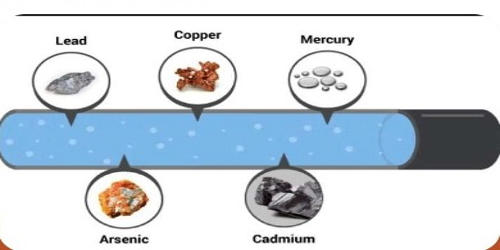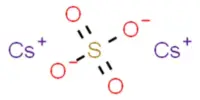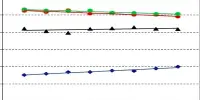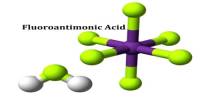Beryllium oxalate is an inorganic compound, a salt of beryllium metal and oxalic acid with the chemical formula C2BeO4. It typically appears in hydrated forms, such as beryllium oxalate dihydrate (BeC₂O₄·2H₂O). It forms colorless crystals, dissolves in water, and also forms crystalline hydrates. The compound is used to prepare ultra-pure beryllium oxide by thermal decomposition.
Due to the toxicity of beryllium compounds and the relatively limited commercial interest in oxalates of light metals like beryllium, this compound has very specialized or niche applications, mostly in scientific research or materials science.
Properties
- Chemical formula: C2BeO4
- Molar mass: 97.03
- Appearance: Transparent crystals
- Boiling point: 365.1 °C (689.2 °F; 638.2 K)
- Solubility in water: Soluble
- Crystal system: Usually monoclinic or orthorhombic, depending on hydration state
- Decomposition temperature: Begins to decompose at temperatures above ~300°C
Natural occurrence
Beryllium oxalate does not occur naturally in significant amounts. It is primarily a synthetic compound used in research and specialized applications.
Synthesis
Typically prepared in the lab by reacting a beryllium salt (like beryllium sulfate or nitrate) with oxalic acid. Example reaction: BeSO₄ + H₂C₂O₄ → BeC₂O₄↓ + H₂SO₄
Safety and Handling
- Beryllium compounds are carcinogenic and highly toxic—strict handling protocols must be followed.
- Always use gloves, fume hoods, and protective equipment when working with this compound.
- Inhalation or prolonged exposure can lead to berylliosis, a serious lung condition.
















